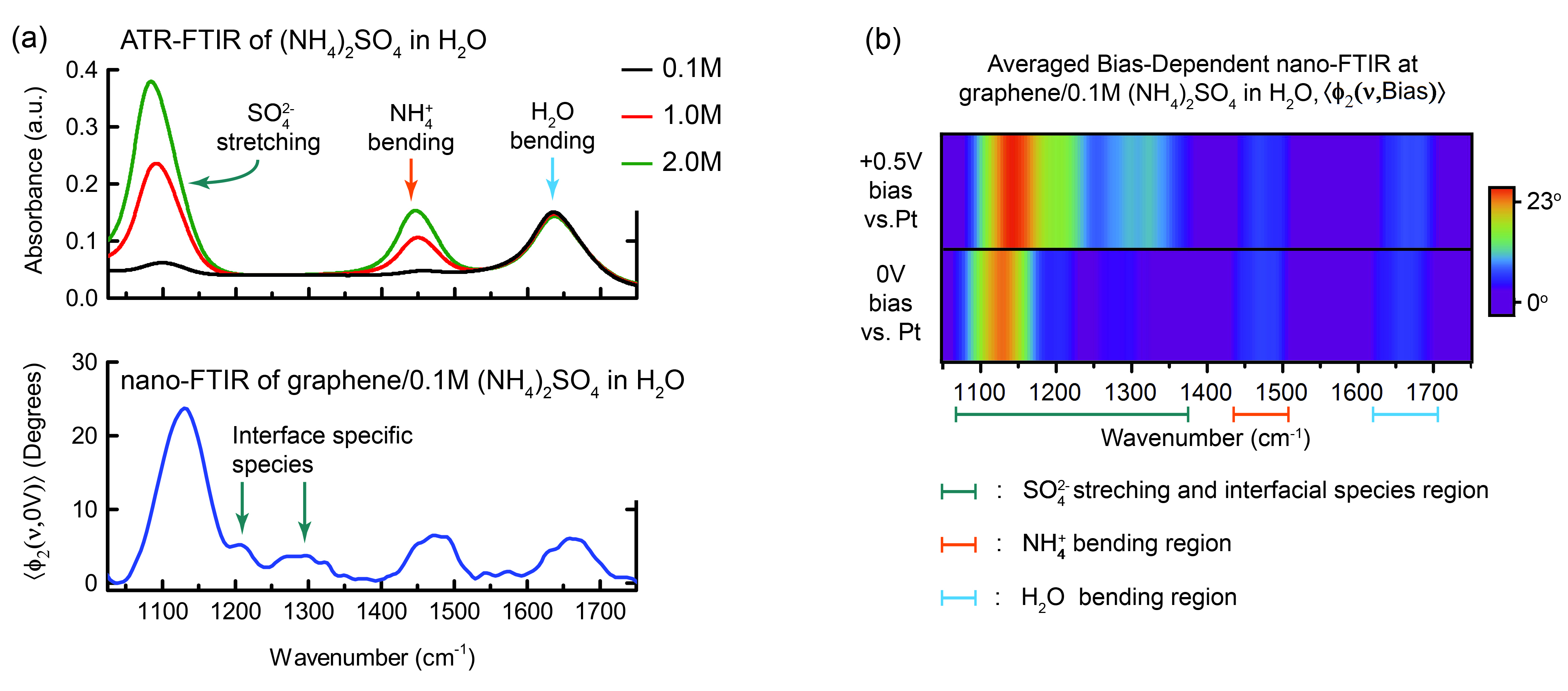how to analyse ftir spectra Ftir analysis glycine spectroscopy graph spectra infrared glycin infrarot spektren
Hey everyone!
I came across some fascinating information about Fourier Transform Infrared Spectroscopy (FT-IR) and wanted to share it with you all. FT-IR is an analytical technique used to obtain information about the molecular composition of a material. It has applications in various fields, including pharmaceuticals, polymers, forensic analysis, and environmental monitoring.
Let’s Get to Know FT-IR
 FT-IR helps us understand the chemical structure and functional groups present in a material by measuring the absorption of infrared light. By analyzing the unique absorption patterns, we can identify and characterize different substances accurately.
FT-IR helps us understand the chemical structure and functional groups present in a material by measuring the absorption of infrared light. By analyzing the unique absorption patterns, we can identify and characterize different substances accurately.
Isn’t it astounding how scientists can unravel the mysteries hidden within a material just by studying the way it interacts with light?
Applications of FT-IR
 FT-IR analysis finds wide-ranging applications in various industries. Let’s explore a few:
FT-IR analysis finds wide-ranging applications in various industries. Let’s explore a few:
1. Pharmaceuticals: FT-IR is used extensively in pharmaceutical research and quality control. It helps identify and confirm the presence of active ingredients, detect impurities, and monitor drug stability.
2. Polymers: In the world of plastics and polymers, FT-IR is indispensable. It aids in the identification of polymer types, assessing their degree of crystallinity, and examining chemical modifications.
3. Forensic Analysis: FT-IR spectroscopy is employed in forensic investigations to analyze trace evidence, such as fibers, paints, and drugs. It can provide crucial information to support criminal investigations.
4. Environmental Monitoring: Researchers use FT-IR to study air pollutants, water contaminants, and soil composition. By understanding the molecular structure of pollutants, they can develop effective solutions for environmental challenges.
How Does FT-IR Work?
The FT-IR technique works on the principle of interferometry. The sample under investigation is exposed to an infrared light source, resulting in the absorption of specific wavelengths. This absorption pattern is then compared to a reference spectrum, allowing for identification and analysis.
FT-IR provides a rapid and non-destructive means of analysis, making it highly valuable in research and industry.
Wrap-Up
Fourier Transform Infrared Spectroscopy (FT-IR) is an incredible analytical tool that aids in understanding the molecular composition of materials. Its applications are vast, ranging from pharmaceuticals to forensic investigations. By studying the unique absorption patterns of materials, scientists can gain valuable insights into their nature and properties.
Next time you encounter a product, think about how FT-IR might have been used to analyze and ensure its quality. It truly is a fascinating technology that continues to shape the way we understand and interact with the world around us.
Have a great day ahead!
If you are searching about FTIR Analysis | RTI Laboratories you’ve visit to the right web. We have 5 Images about FTIR Analysis | RTI Laboratories like FTIR Data Analysis X-Axis | Innovatech Labs, Infrared Nanospectroscopy at Graphene–Liquid Interfaces and also Infrared Nanospectroscopy at Graphene–Liquid Interfaces. Read more:
FTIR Analysis | RTI Laboratories
 rtilab.comspectrum ftir nylon analysis infrared ir ft spectra atr overlay match library standard
rtilab.comspectrum ftir nylon analysis infrared ir ft spectra atr overlay match library standard
FTIR Data Analysis X-Axis | Innovatech Labs
 www.innovatechlabs.comaxis ftir analysis data results spectra ir graph spectrum absorbance interpreting ft guide infrared purity quality number frequency leave tiffani
www.innovatechlabs.comaxis ftir analysis data results spectra ir graph spectrum absorbance interpreting ft guide infrared purity quality number frequency leave tiffani
Infrared Nanospectroscopy At Graphene–Liquid Interfaces
 als.lbl.govftir atr interfaces graphene infrared
als.lbl.govftir atr interfaces graphene infrared
Ftir Spectrum Analysis Table | Brokeasshome.com
 brokeasshome.comftir analysis glycine spectroscopy graph spectra infrared glycin infrarot spektren
brokeasshome.comftir analysis glycine spectroscopy graph spectra infrared glycin infrarot spektren
FT-IR: Fourier Transform Infrared Spectroscopy | NIOM
 niom.nospectroscopy infrared ftir fourier characteristic niom
niom.nospectroscopy infrared ftir fourier characteristic niom
Spectrum ftir nylon analysis infrared ir ft spectra atr overlay match library standard. Ft-ir: fourier transform infrared spectroscopy. Infrared nanospectroscopy at graphene–liquid interfaces